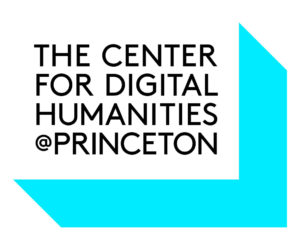Visualizing
the Virus
About the Project
Visualizing the Virus is an interdisciplinary digital project through which one can visualize and understand the Coronavirus pandemic from a variety of perspectives. It aims to center the inequalities the pandemic makes visible.
Gaps between the humanities, social sciences and natural sciences are hard to bridge. This means that pandemics are often studied without considering their many interconnected histories. Visualizing the Virus connects insights from different disciplines to create a collective digital space for exactly such a convergence.
We are not only interested in the ways in which scientists, artists and people in their everyday lives have made the virus visible; but also in processes, historical and contemporary, that the viruses make visible – inequalities, be it of access to resources and healthcare, vaccine imperialism, xenophobia, gender inequalities, and so on.
Conceptualized by an art historian with research interests in the history of science and society, the project takes a unique approach to understanding viruses. We use visualizing as a verb to mobilize a method. To visualize is the first revolutionary step towards action in a world where much of life and its politics is invisible. Visualizing the Virus teaches us to look differently.
The digital architecture of the platform invites the visitor to navigate clusters of connection. One can explore links between quotidian lived experience, pathologies, the natural sciences and socio-cultural critique. As well as being a dynamic archive, it provides the visitor with spaces for reflection on the scales of the crisis and our current infrastructural inequalities. Through curated clusters and themed clusters that make connections between issues and geographical spaces, Visualizing the Virus aims to provide a granular, intersectional picture of the pandemic as it evolves.
What is a curated cluster?
A cluster is a curated section that zooms in on a particular topic such as Zoonosis, Vaccine Imperialism or Racial Inequality (coming soon). Some clusters are curated in-house, while some are guest curated. Each cluster includes an introduction by the curator introducing the main ideas. Clusters typically contain a number of individual entries by different contributors.
What is a themed cluster?
Every entry, whether it is featured inside a cluster or free-standing, is tagged with multiple keywords. Every keyword forms a themed cluster. So, for example, all entries tagged with ‘care’ form a themed cluster on care. This allows the visitor to examine different contributions relating to care, making visible connections across geographies and topics that may not have otherwise been obvious. Themed clusters are thus broader in scope than clusters and emerge organically as contributions to the project grow.
Timeline
This website is conceived not as a static repository or archive but one ‘in becoming’ as we continue to add new material to it over the next two years.
Who We Are
The project was founded and is led by Dr Sria Chatterjee. It was made possible by a grant from DARIAH EU and support from the Institute of Experimental Design and Media, FHNW. Princeton Center for Digital Humanities is a project partner.
We have a wide network of collaborators and are particularly grateful to the Max-Planck Kunsthistorisches Institute, the University of Global Health Equity in Rwanda, the Department of History at Princeton University, PACE Center for Civic Engagement at Princeton for their collaborations.
We want to go beyond the media narratives around Covid-19 and center facts and reflections between science and society from communities who are made invisible. If you would like to participate by collaborating and/or contributing to the project, we would love to hear from you.
Recognition
Visualizing the Virus received a Special Mention Award from the Arts in Health International Foundation (AIHIF) in April 2021.


